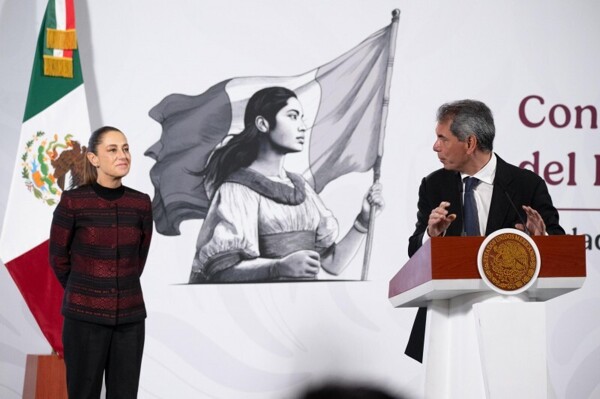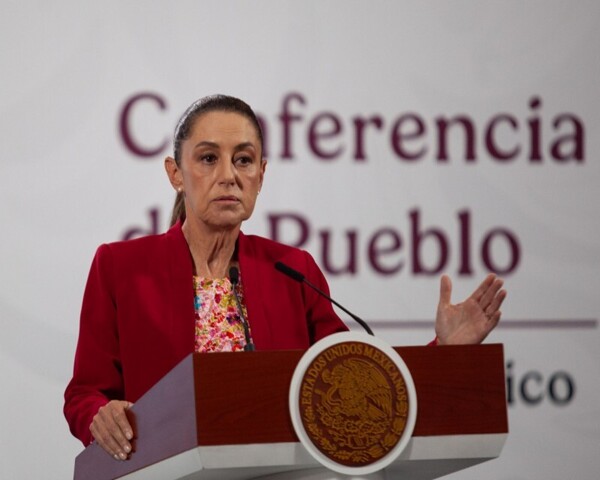
**The meaning and importance of the 10 key phrases of Mexican independence**
Every year, on the eve of Mexican Independence Day, the traditional "Grito" is shouted, which historically consists of cries of "¡Viva México!" and "¡Viva la Independencia!". These phrases, coined in the early 19th century, refer to freedom, equality, rights, and sovereignty. They symbolize not just a historical event, but a living heritage that is celebrated through ceremonies, speeches, and traditions. They are not just a reminder of the past, but a call to the present and future.
**The first cry of independence** On the night of September 16, 1810, after Miguel Hidalgo's call to arms, he shouted the famous cry: "¡Viva la Independencia!"—a call to action, to rebellion, and to freedom. This symbolic act united different social classes, giving a new direction to the struggle that would eventually lead to the country's liberation from Spanish rule. Hidalgo also used an image of the Virgin of Guadalupe to unite with the Mexican people, and his cry was: "¡Muera el mal gobierno!"—a rejection of the corrupt government and a call for justice.
**Liberators and their legacy** Among the leaders of the independence movement was José María Morelos, one of the main figures of the "Sentimientos de la Nación" document, which declared the rights of man: the right to life, abolition of slavery, and a secular education. His phrase "Que todos los hombres nacen libres e iguales" became a battle cry against social inequality. It was a powerful idea, and as such, "La libertad no se implora de rodillas, se conquista con las manos"—a call to action, not a plea for passivity.
Vicente Guerrero, emphasizing the importance of the nation's ideals, stated: "La patria es primero". Once this motto was proclaimed to reject foreign rule, the people gave their lives for it. Guerrero remained true to his word, sacrificing his own life so that the principle of national sovereignty would be established.
**Universal ideals** During the Benito Juárez years, the president addressed the insurers, giving them this ideal: "El respeto al derecho ajeno es la paz". This phrase emphasizes the importance of respecting the rights of others and peace. And in the heat of the revolution, it became a maxim for the Mexicans: "No hay victoria sin sacrificio, ni libertad sin valor". This is a reminder that the price of victory is paid in blood, and that freedom is not given away.
**Legacy in culture and society** These phrases have not remained in the past. They are regularly included in school programs, recitations, and patriotic songs. The motto: "Por el pueblo y para el pueblo luchamos"—a call to the authorities and the ruling class. Every day, the president of Mexico recalls their ideals on the balcony of the National Palace, reaffirming that national identity—this is the living link between the past and the present.
**Conclusion** The 10 phrases of Mexican independence—this is not just a historical archive. They set moral and spiritual standards that are relevant today. They teach us to value our country, to remember our sovereignty, and to remember that every day—this is the small battle for our freedom and rights.
These phrases are a bridge between the past and the present, a reminder that the great struggle—this is the daily, conscious choice to build a fairer future.














